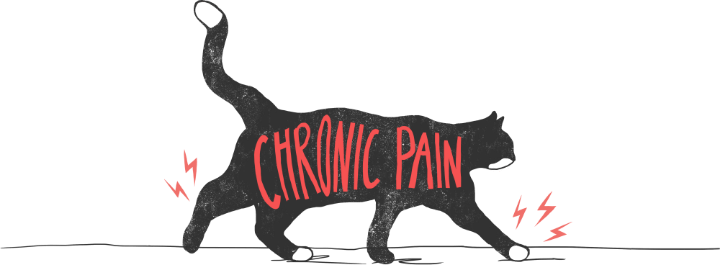
Cats love the bird’s eye view – jumping up to the window sill for birdwatching or finding that perfect sunny spot. When those favorite spots seem out of reach for your cat, they may be showing you signs of pain due to osteoarthritis.
Chronic pain, like that from osteoarthritis (OA), is surprisingly common in cats. Clinical studies have found signs of osteoarthritis in 61% of cats over the age of six[1] and in 90% of cats over the age of 12[2]. 40% of those cats showed signs of pain[3]. Chronic osteoarthritis pain can become a serious health problem for your cat — without treatment, the pain will continue to get worse. Helping your cat begins by talking with your veterinarian and coming up with a medical treatment plan to relieve your cat’s pain.
Cats hide signs of pain as much as possible (it’s a survival strategy left over from when they lived in the wild). But there’s good news — because you know your cat’s playful ways and what they love better than anyone, you’re the best person to spot when changes in these behaviors could be signs of osteoarthritis pain.
Everyday Changes in Your Cat That Could Indicate Pain
An analysis of around 300 cats with osteoarthritis conducted at the North Carolina State University College of Veterinary Medicine identified six everyday behaviors that – when they change – strongly correlate with the presence of osteoarthritis pain[4]. These include:
- How your cat jumps up onto a higher surface
- How your cat jumps down from a higher surface
- How your cat climbs up stairs
- How your cat climbs down stairs
- How your cat looks as it runs
- How willing your cat is to chase moving objects
What these changes might look like in your cat is animated in this Cat Osteoarthritis Checklist.
This article was written by Dr. Joyce A. Login, Zoetis Pet Care







